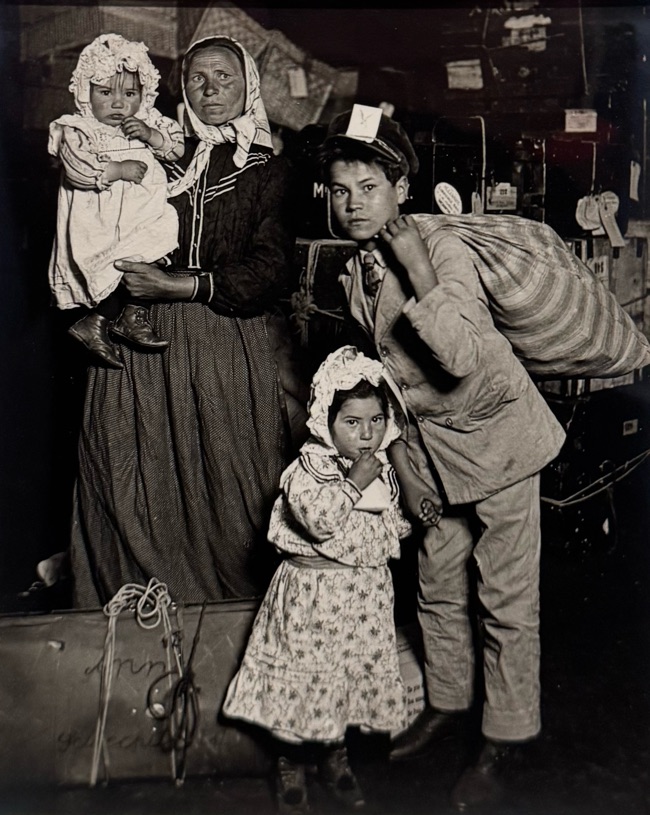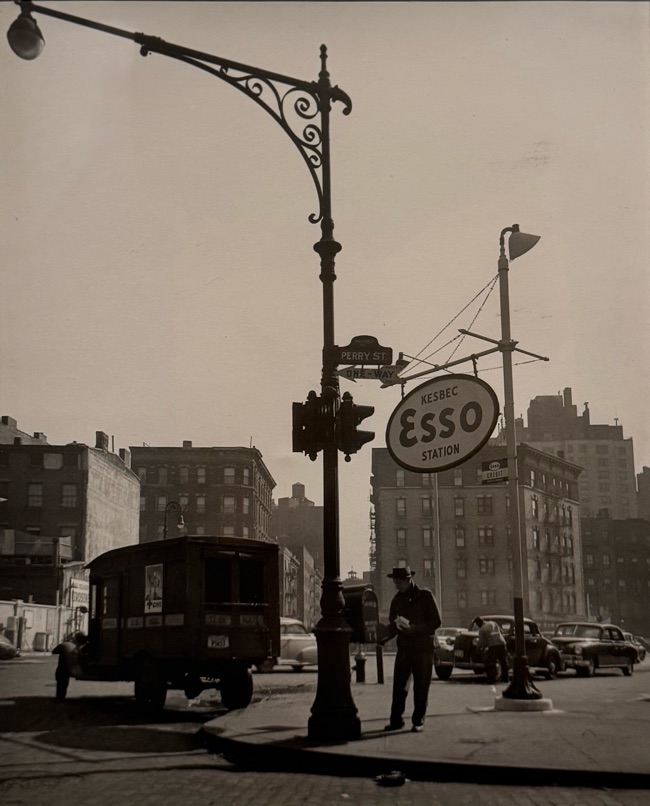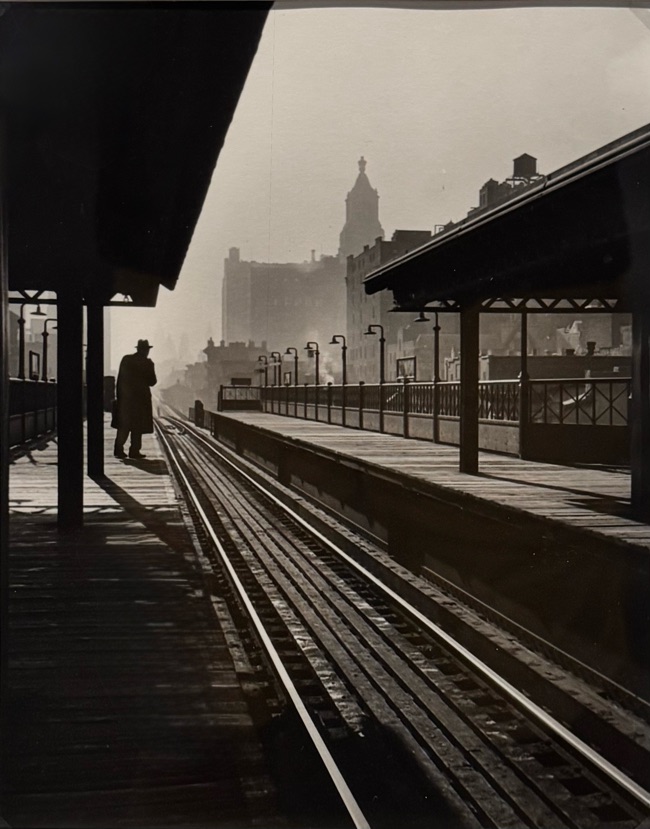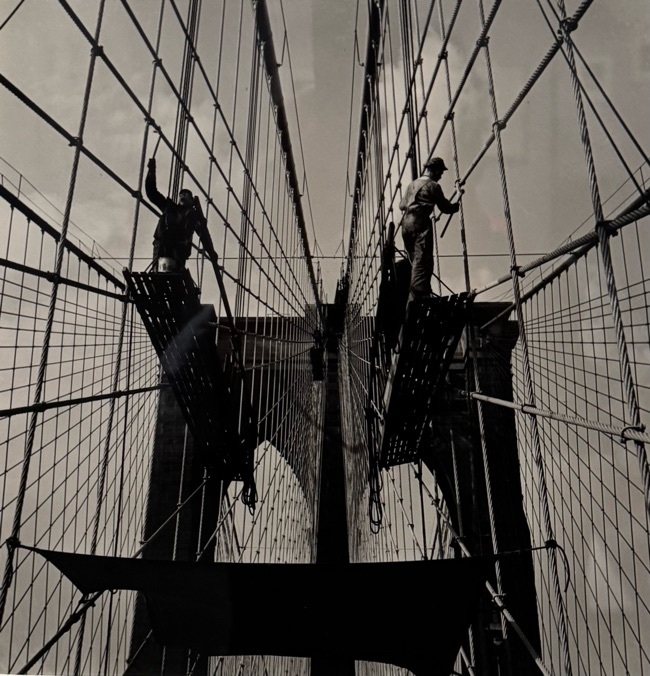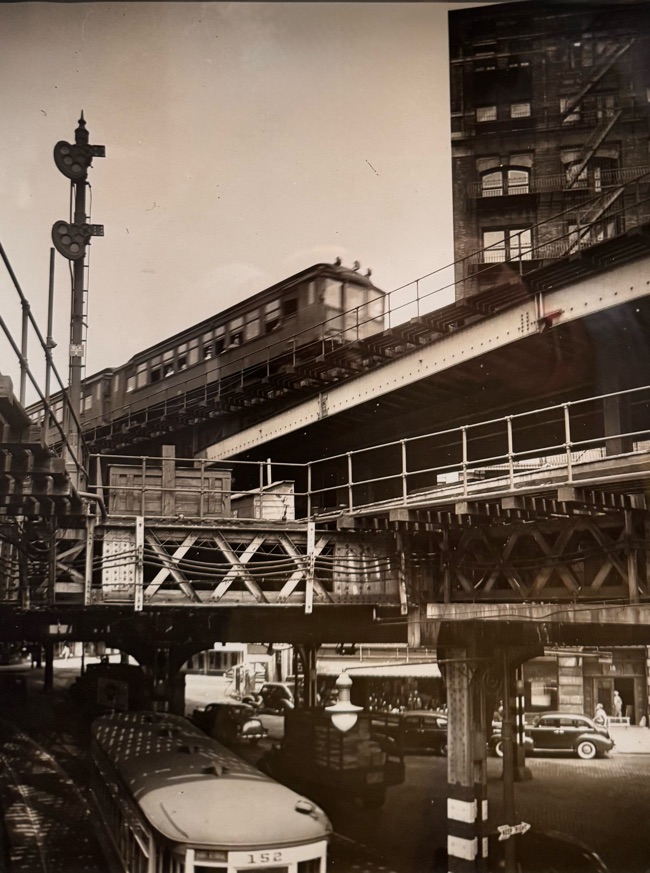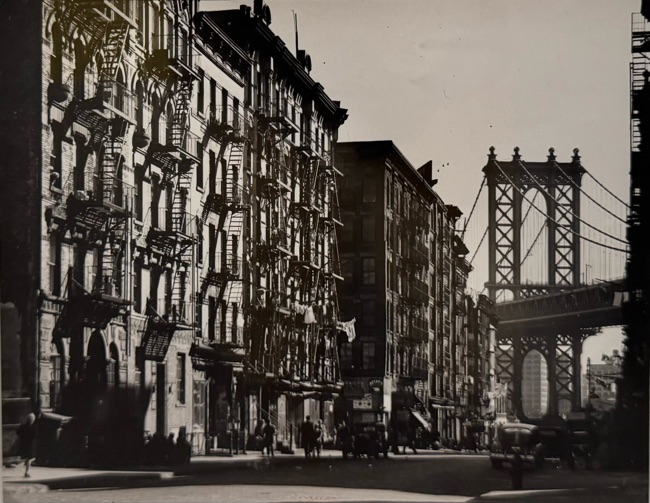A friend recently introduced me to a gem exhibited at the Jewish Museum in Amsterdam: Photo League: New York 1936–1951. This exhibition tells the story of a group of photographers who documented everyday life in New York City during that period. As pioneers of street photography, they used their cameras not only to capture the city’s vibrant street life but also as tools in the struggle for social change, often exploring Black and Jewish neighborhoods. The show features work by photographers like Berenice Abbott, Weegee, Lisette Model, and Walter Rosenblum, who later gained widespread fame. The images are stunning, showing shopkeepers, children playing in the streets, workers, men in suits and hats, and ladies in elegant dresses, scenes that have since vanished. A striking thought is that the ordinary people captured in these photographs have since lived full lives and are likely no longer with us, just like the New York they inhabited. It was a city where people met and talked in the streets, where neighbors stopped for a chat, and shopkeepers knew their customers by name, a sense of community now largely vanished.
